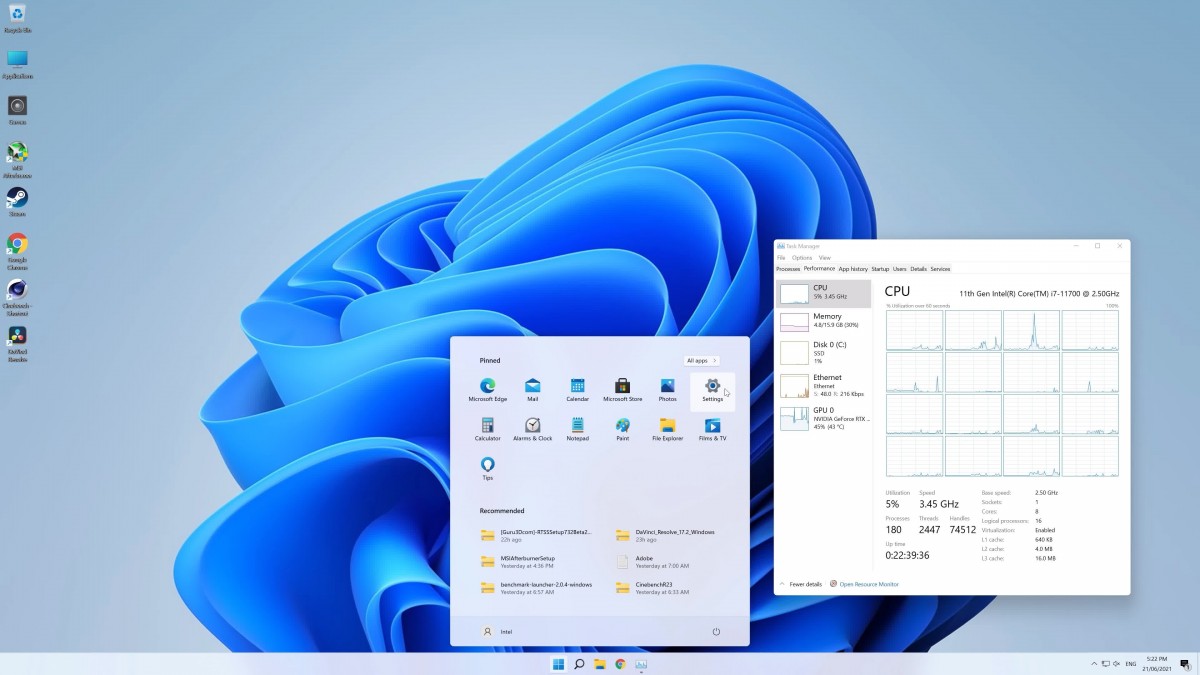Active Directory (AD) can be a directory support that is ideal for managing group sources including customers, computer systems, and computer printers. Most of the time, businesses have to export user details through the AD, for various motives including auditing, confirming, and evaluation. However, exporting info from AD can sometimes be a cumbersome and time-eating process, especially if you are not familiar with the correct steps to take. With this post, we will investigate the various approaches to get AD user information easily, and the best way to preserve effort and time whilst doing so.
1. Utilizing PowerShell to Export User Information from AD
PowerShell is really a scripting language that lets you systemize method administration activities, including exporting info from AD. To extract user info utilizing PowerShell, you should use these orders:
Get-ADUser -Filtration * | Export-Csv C:End users.csv
This order will get all user things in your AD environment and conserve your data right into a CSV data file referred to as Consumers.csv. It is possible to change the demand further more to filter your data by certain qualities, like username, electronic mail, or telephone number. PowerShell is a practical way to draw out AD user information, especially if you currently have experience with scripting.
2. Employing 3rd-bash Tools for Easy AD User Export
Numerous 3rd-celebration tools are accessible for taking out AD user details. ad password reset As well as is certainly one such tool that provides an easy-to-use GUI interface for exporting user information. With ADManager In addition, it is possible to choose the essential user qualities and make reviews in a variety of formats, for example CSV, Web coding, and Pdf file. Also you can schedule automated user data exports, which will save you commitment in the long term. Next-get together tools like ADManager In addition can help you simplify user details exports and supply a user-warm and friendly encounter.
3. Exporting User Data with Active Directory Consumers and Personal computers (ADUC)
Active Directory End users and Personal computers (ADUC) is actually a Microsoft Management Console (MMC) click-in this gives a graphical program for handling AD items. ADUC permits you to export user data easily by selecting users and selecting the ‘Export List’ solution from your context food selection. After that you can select the characteristics you want to export and help save the info inside a CSV or TXT data file formatting. ADUC is actually a built-in resource that is simple to operate, but it may be time consuming when exporting a substantial amount of information.
4. Using LDAP Inquiries to Get AD User Information
LDAP (Light-weight Directory Gain access to Protocol) can be a common protocol for accessing and managing directory services. You can utilize LDAP inquiries to draw out user data from AD by specifying the research standards and feature values. LDAP inquiries can be a effective approach to lookup and get information from AD, nonetheless they need advanced expertise in LDAP and scripting abilities. You may use tools like LDP.exe or ADSI Edit to execute LDAP concerns and export the outcomes.
Bottom line:
Exporting AD user details can be quite a demanding job, particularly if you have got a big directory and want to recover specific attributes or filtering the final results. By utilizing PowerShell, third-get together tools like ADManager Additionally, ADUC, or LDAP concerns, you can save commitment whilst removing the information in different formats. Take into account your preferences and knowledge level when choosing the right choice for your business. Exactly what is most important with this process has a reliable and easy user export method to be certain your company data is always precise and up-to-date.



